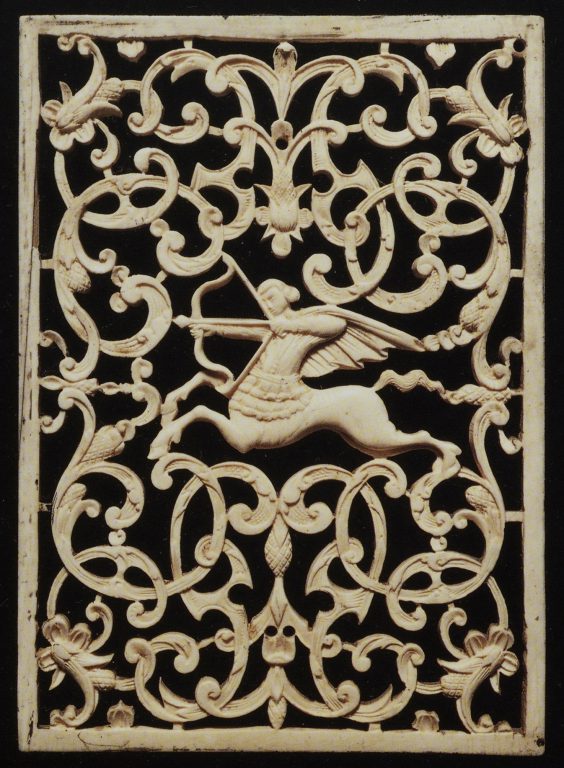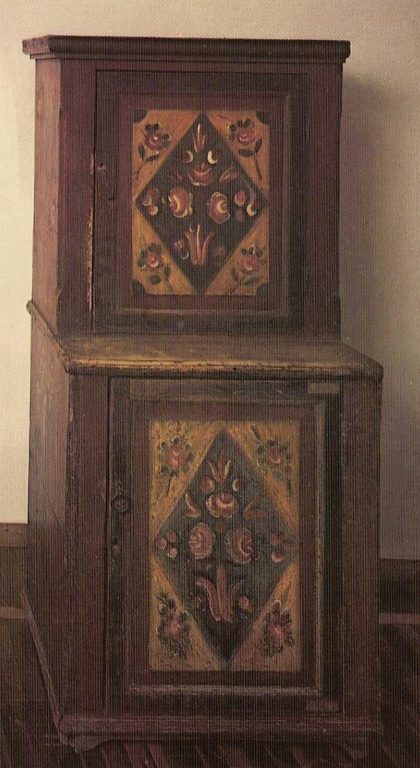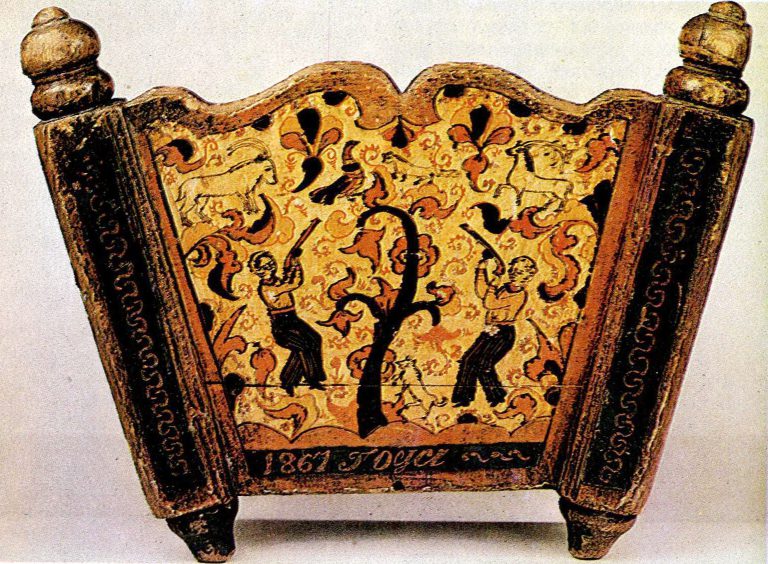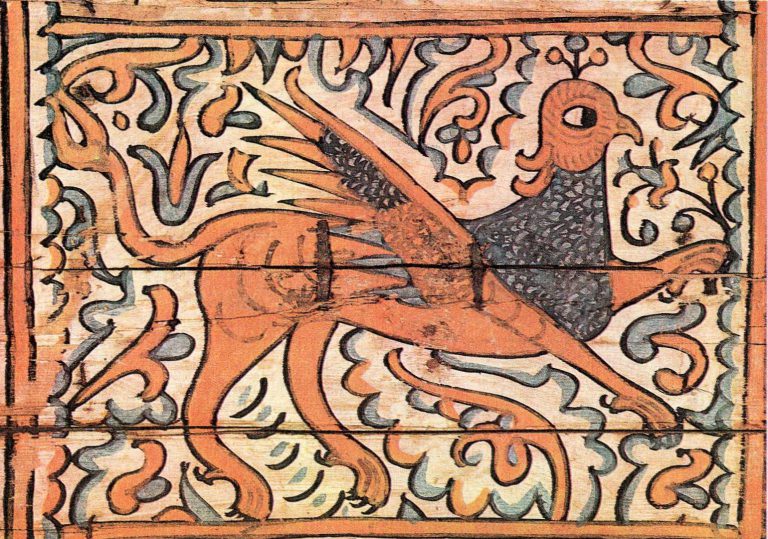

-
Objectfurniture, chests, stoves: Relief
-
Type of arts & crafts
-
MediumIvory
-
SizeH. 3 1/16 x W. 2 3/8 x Th. 3/8 in. (7.8 x 6.1 x 1 cm)
-
Geography details
Iraq -
Country today
-
Dateca. 9th-8th century B.C.
-
CultureAssyrian
-
PeriodNeo-Assyrian
-
Type of sourceDatabase “Metropolitan Museum of Art”
-
Fund that the source refers toMetropolitan Museum of Art
-
A griffin, a hybrid creature with the head and wings of an eagle and the body and tail of a lion, faces right and extends its beak upwards to nibble on the top of a tripartite palmette tree in this fragmentary low-relief plaque. This piece was found in a large storeroom at Fort Shalmaneser, a royal building at Nimrud that was probably used to store tribute and booty collected by the Assyrians while on military campaign. A forest of papyrus flowers and palmettes surrounds the griffin. The scene is framed by a raised border on three sides that probably also continued on the left edge. The skillful carving technique, evident in details such as the long curled locks hanging from the head, and individually articulated wing feathers, combined with the slender proportions of the body, suggests that this piece can be attributed to the Phoenician style. Two tenons project from the upper and lower edges of this plaque, indicating that it was originally fitted into a frame, likely as part of a piece of furniture. Two fragmentary dowel holes pierce the tenons, probably to secure the ivory to a frame. The West Semitic letters Zayin and Tav are inscribed into the reverse. Known as fitter’s marks, these inscriptions would have served as guides to aid the craftsperson in the piece-by-piece assembly of the piece of furniture to which this plaque originally belonged.
Built by the Assyrian king Ashurnasirpal II, the palaces and storerooms of Nimrud housed thousands of pieces of carved ivory. Most of the ivories served as furniture inlays or small precious objects such as boxes. While some of them were carved in the same style as the large Assyrian reliefs lining the walls of the Northwest Palace, the majority of the ivories display images and styles related to the arts of North Syria and the Phoenician city-states. Phoenician style ivories are distinguished by their use of imagery related to Egyptian art, such as sphinxes and figures wearing pharaonic crowns, and the use of elaborate carving techniques such as openwork and colored glass inlay. North Syrian style ivories tend to depict stockier figures in more dynamic compositions, carved as solid plaques with fewer added decorative elements. However, some pieces do not fit easily into any of these three styles. Most of the ivories were probably collected by the Assyrian kings as tribute from vassal states, and as booty from conquered enemies, while some may have been manufactured in workshops at Nimrud. The ivory tusks that provided the raw material for these objects were almost certainly from African elephants, imported from lands south of Egypt, although elephants did inhabit several river valleys in Syria until they were hunted to extinction by the end of the eighth century B.C.


























